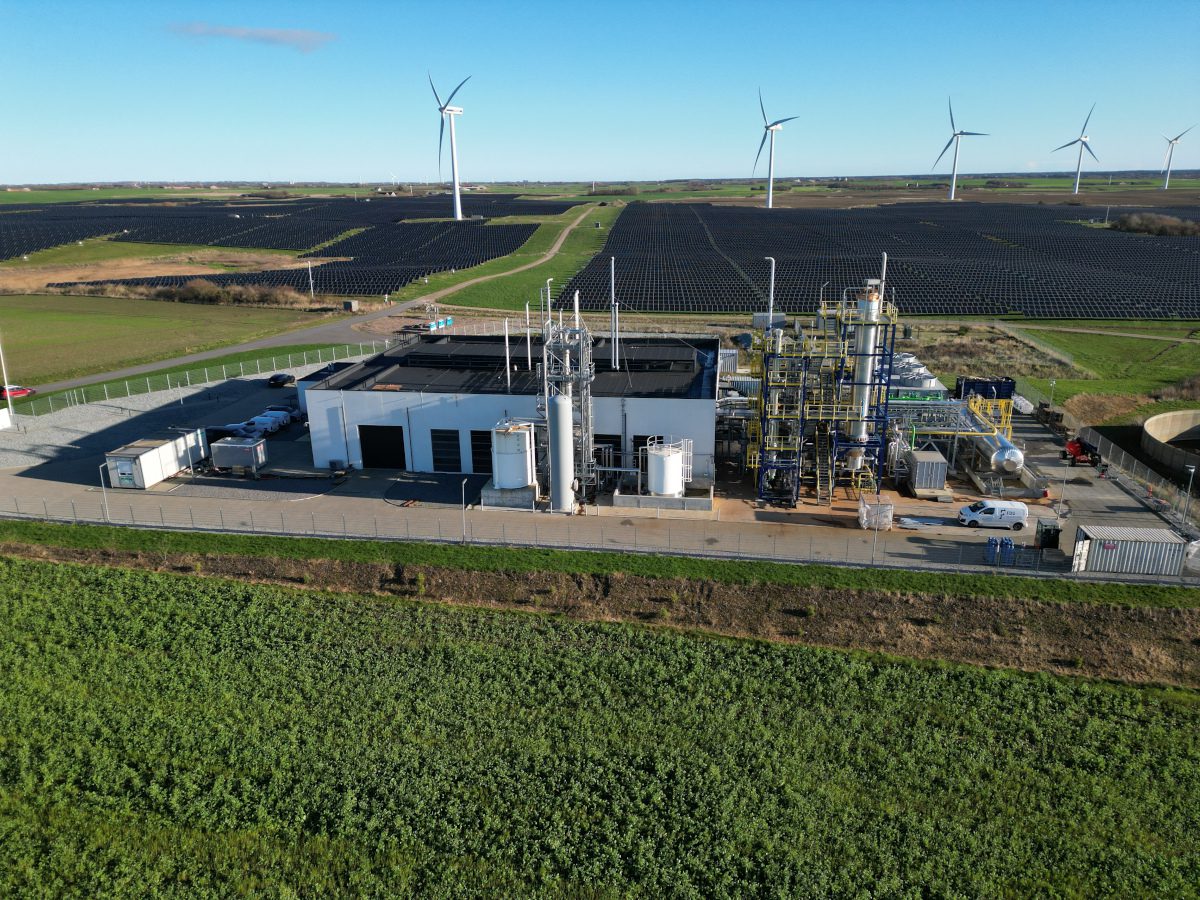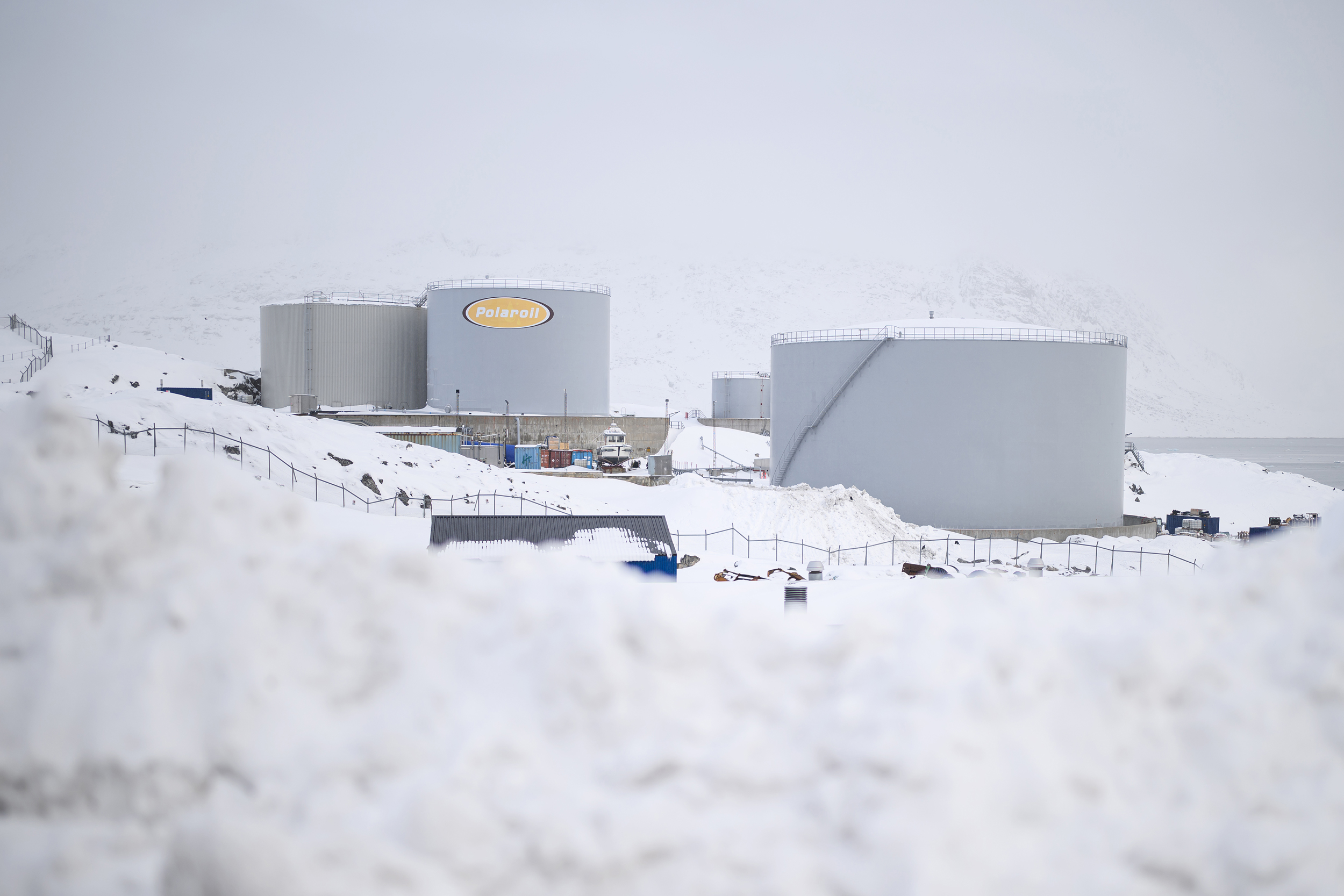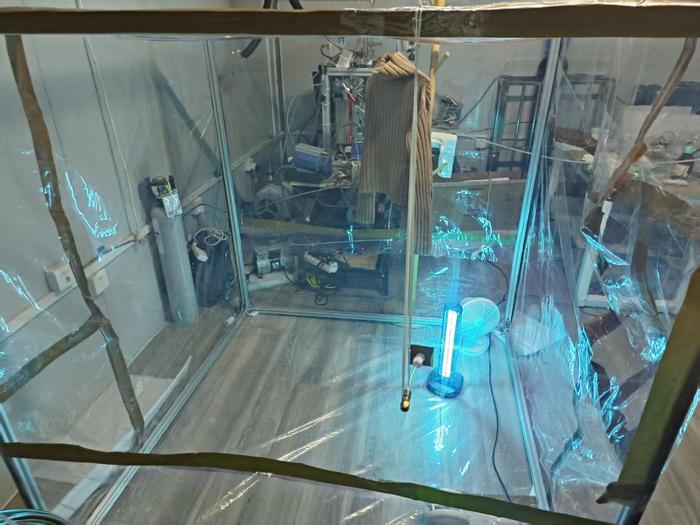The UK Green Building Council (UKGBC) has launched a policy manifesto for the next UK Government, urging it to invest nearly £64bn over the next ten years for building retrofit projects.
The 20 May statement presents a four-point policy platform for addressing the key opportunities for the next government “that will radically transform the places we live, work and play”.
Core to the proposed measures is a call for £64 billion of national government investment over the next decade on retrofit to bring down energy bills, reduce carbon emissions and create 140,000 skilled jobs.
“This investment in home insulation, replacing gas boilers with electric heat pumps, and other low carbon measures, would save £60 billion in grid upgrade costs over 10 years, as well as saving £22 billion for the NHS over the same period,” says a statement from the group. ”A further £9bn will be cut from household energy bills saving the average household £300 per year.”
It also calls for the introduction of an Energy Saving Stamp Duty that incentivises homeowners to make sustainable upgrades to their homes.
Responding to the announcement, Dan Capstick, Mortgage Product Manager, Ecology Building Society, commented:
“The UK Green Building Council’s call to the next UK Government for retrofit investment is a welcome and timely one. We urgently need to accelerate action on green retrofitting to improve the energy efficiency of UK homes – some of the oldest and least insulated in Europe – to help meet our national net zero targets and reduce the burden of energy bills. Investing £64 billion over the next decade will be crucial to drive forward the green transition, which will also support economic growth and create thousands of skilled jobs.
“However, in the face of political uncertainty and following a series of net zero U-turns by the current government, the financial services sector also needs to come up with ways to help people to fund the green retrofitting of their homes.
“Lenders need to explore new solutions to support more people who want to make home improvements to cut their emissions and their fuel bills. A fresh approach from lenders needs to consider how they can work with potential partners, whether in construction, technology or manufacturing, to bring together the different elements of green home improvements.
“Starting a retrofit project can be very daunting and complex, so we need to think how we bring those elements together to help to smooth that process for homeowners.”

















